Updating your home’s interior with a fresh coat of paint is one of the simplest and most effective ways to brighten and refresh your space. The right colors and techniques can transform rooms, make small spaces feel larger, and create a welcoming atmosphere. Here’s a guide to choosing colors, applying paint, and using clever techniques to brighten your home.
Why Brighten Your Home with Paint?
A fresh coat of paint does more than just improve aesthetics. It can enhance natural light, set the mood, and even increase the value of your home. Bright, airy colors reflect light better, making rooms appear larger and more open, while accent walls and vibrant hues add personality. Whether you’re looking to modernize your space or make it feel more inviting, paint is your ultimate tool.
Before and After! The right color choice is essential for brightening up tight hallways and a staircases.
Best Colors to Brighten a Room
Neutral Tones for Timeless Elegance
Whites, creams, and light beiges are versatile options that work well in any room. They create a clean backdrop, enhance natural light, and pair beautifully with bold decor or minimalist aesthetics. Popular shades include:
- Benjamin Moore’s Simply White
- Sherwin-Williams’ Alabaster
- Behr’s Swiss Coffee
Soft Pastels for Subtle Warmth
Pastel tones like blush pink, mint green, or powder blue offer a gentle pop of color while maintaining a light, airy vibe. These hues are ideal for bedrooms or living rooms where you want a calming effect.
Bold Accents for Personality
For those who want a bit of drama, consider pairing light walls with a bold accent color. Think navy blue, emerald green, or mustard yellow for a single wall, cabinets, or trim to balance brightness with character.
Room-by-Room Painting Tips
Living Room
Opt for soft, neutral colors that make the space feel open and inviting. To maximize light, paint the ceiling a shade lighter than the walls. Pair with light-colored furniture and strategically placed mirrors to amplify brightness.
Kitchen
Light, reflective colors like white or pale gray can make your kitchen feel larger and cleaner. Cabinets are key: paint them with semi-gloss or satin finishes for durability and a modern touch. Popular cabinet colors include soft greige, sage green, and crisp white.
As you can see in these before and after shots, refinishing cabinets in lighter colors can totally modernize the look of your kitchen.
Bedrooms
For a cozy yet uplifting bedroom, choose warm neutrals or pastels like dusty rose, lavender, or sky blue. Matte finishes are ideal for a soothing, soft appearance that minimizes glare.
Bathrooms
Bathrooms often lack natural light, making color choice crucial. Light blues, seafoam greens, or even classic white can brighten the space.
Before and After – interior & cabinet painting updates in Deanne’s Portland home
Home Offices
A home office should balance calm and focus with creativity. Choose light grays, soft greens, or blues to encourage productivity without overwhelming the senses.
Techniques to Maximize Light and Space
Choose the Right Sheen
The finish of your paint matters as much as the color.
- Flat/Matte: Best for walls in low-traffic areas.
- Eggshell/Satin: Adds slight sheen, great for living rooms and bedrooms.
- Semi-Gloss/Gloss: Reflects the most light, perfect for trim, doors, and cabinets.
The Insider’s Guide to Picking the Best Finish for Your Painting Project >>
Paint Ceilings to Open Up Space
A lighter shade on the ceiling draws the eye upward, making rooms feel taller. Consider finishes that reflect light but aren’t too glossy to avoid harsh glare.
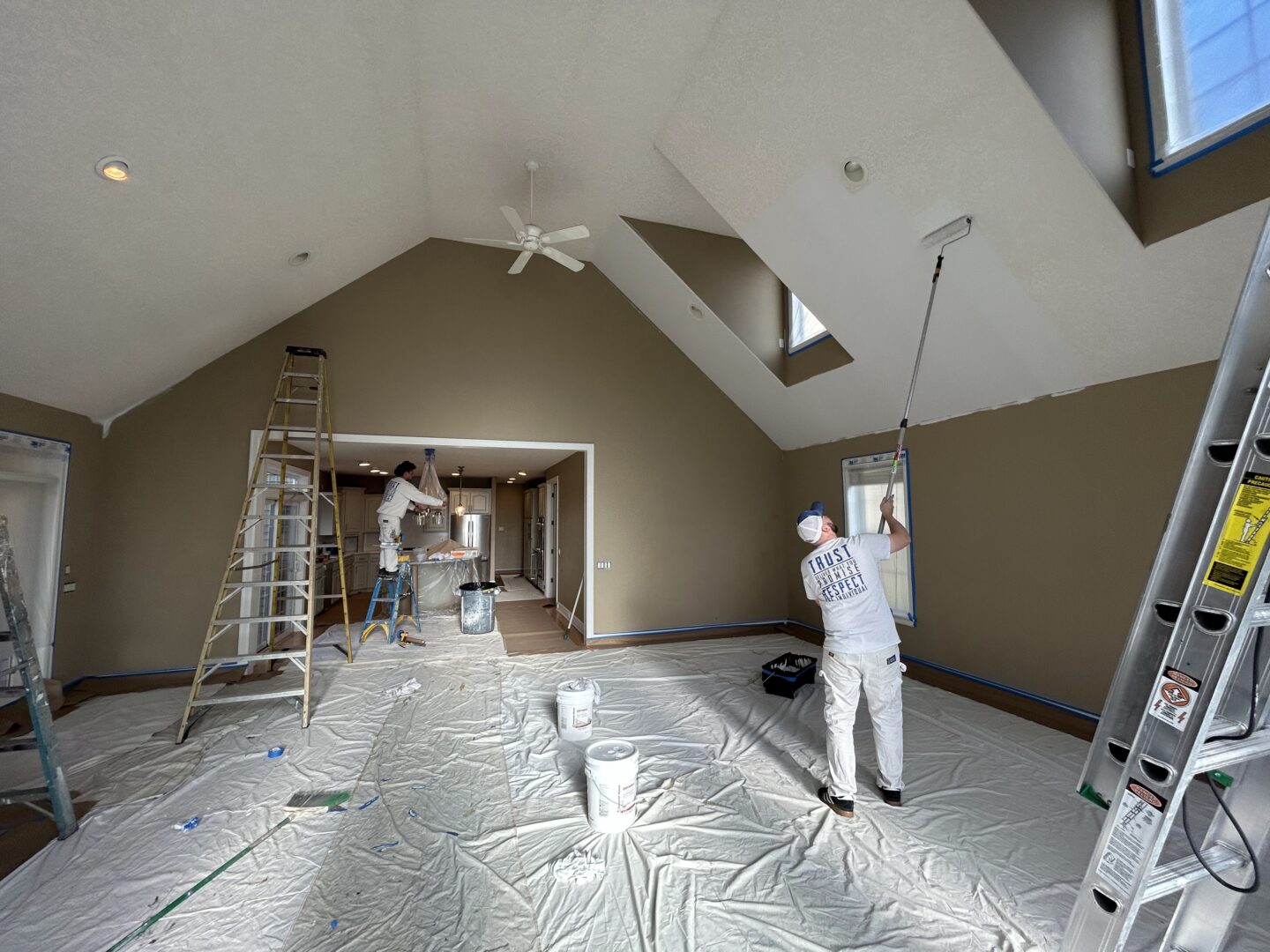
Highlight Natural Light Sources
Frame windows with light-colored trim to emphasize natural light. Use sheer curtains or remove heavy window treatments for maximum brightness.
Accent Walls
Paint a single wall in a bold color to create depth and draw attention without darkening the room.
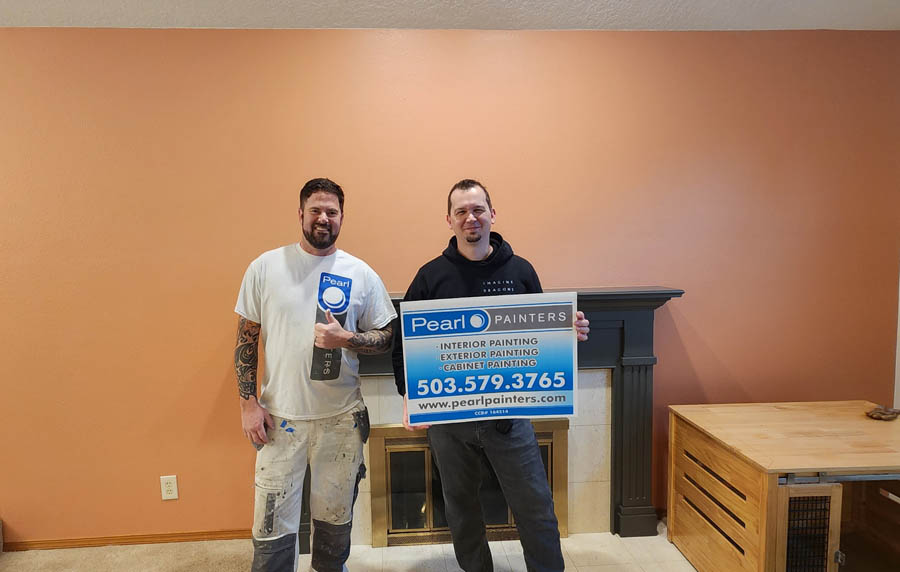
Common Mistakes to Avoid
- Skipping Prep Work: Failing to clean, sand, or prime surfaces can result in uneven finishes.
- Ignoring Natural Light: Always test paint colors in various lighting conditions to avoid surprises.
- Using the Wrong Tools: Invest in high-quality brushes, rollers, and painter’s tape to ensure a professional finish.
When to Call in the Pros
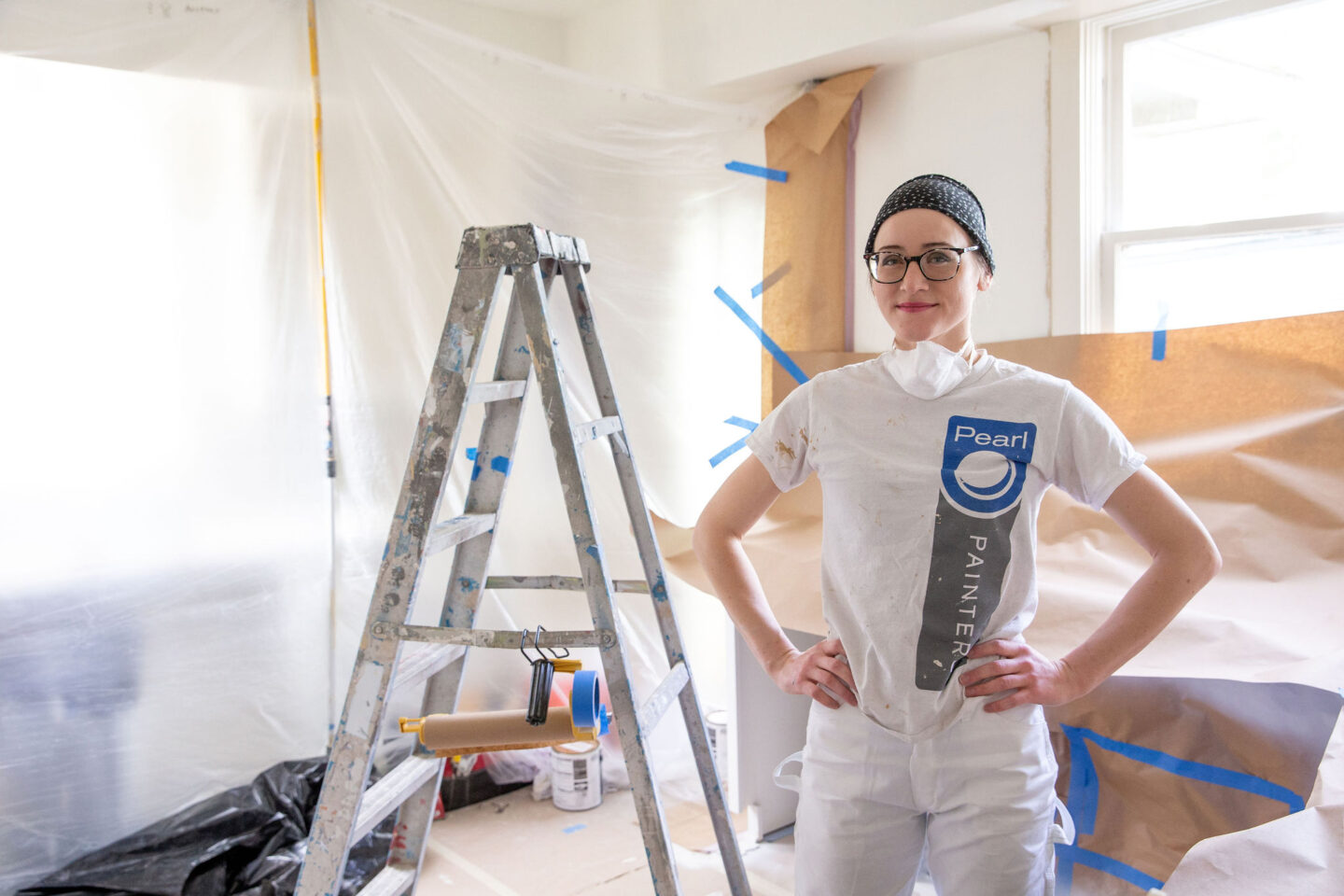
While DIY painting can be rewarding, some projects benefit from professional expertise. Intricate trim work, textured walls, or large spaces often require specialized tools and skills for a flawless finish.
If you’re ready to refresh your space but aren’t sure where to start, Pearl Painters can help. From expert color consultations to meticulous application, we’ll ensure your home shines with light and life.
More Painting Tips from Pearl Painters

How to Make Your Painting Project “Project Ready”
At Pearl Painters, we know that a successful paint job requires preparation on both sides. Sure, we’re doing most of the prep, but of course there is almost always some type of prep done by the homeowner. When your home is “project ready” before our crew arrives, everything runs smoother,
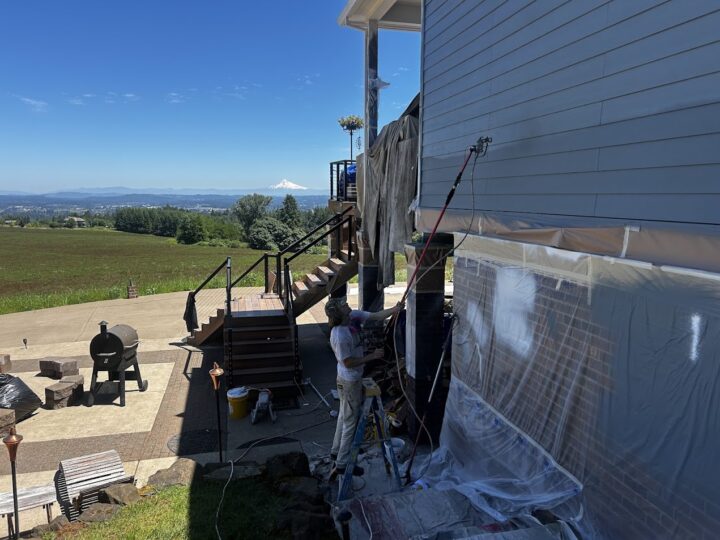
The Pearl Painters Guide to Exterior Priming
Learn the best exterior primers for wood, metal, cedar, and more. Pearl Painters shares expert tips for durable, long-lasting paint jobs in Portland.
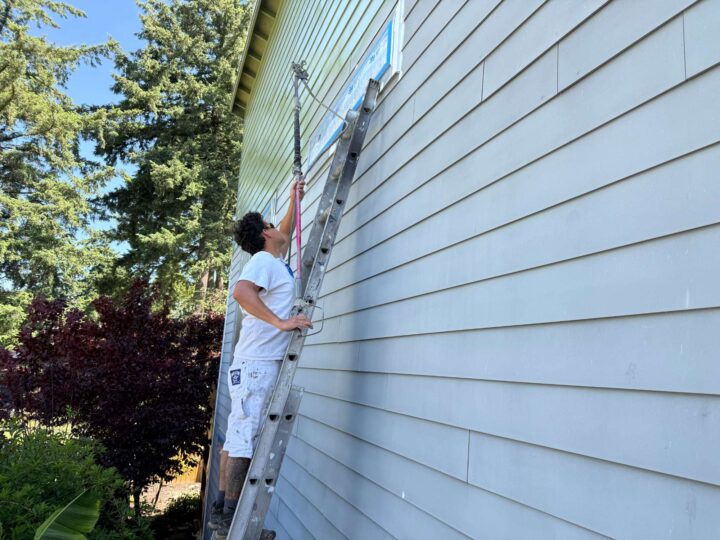
Keeping Your Property Clean During an Exterior Paint Job
We keep your home spotless during an exterior paint job. Learn how Pearl Painters protects, preps, and cleans up every step of the way.

Removing Old Paint & Stain and Sanding Exterior Surfaces
When it comes to exterior painting in Portland, proper sanding and removal of old paint and stain is absolutely critical – not just for looks, but for durability. If we don’t address bubbling paint, peeling finishes, or tired old stain properly, no amount of high-end paint will last. So let’s
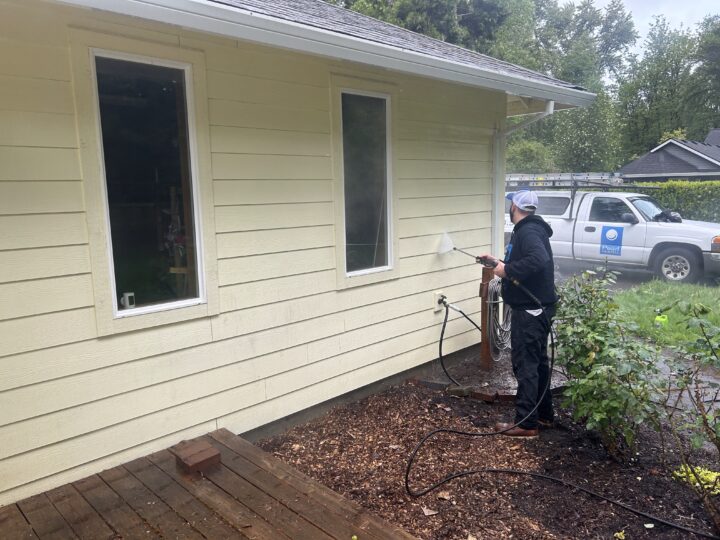
How We Clean Exterior Surfaces Before Painting
Factors to consider before we clean the exterior of a home and prep it for painting.
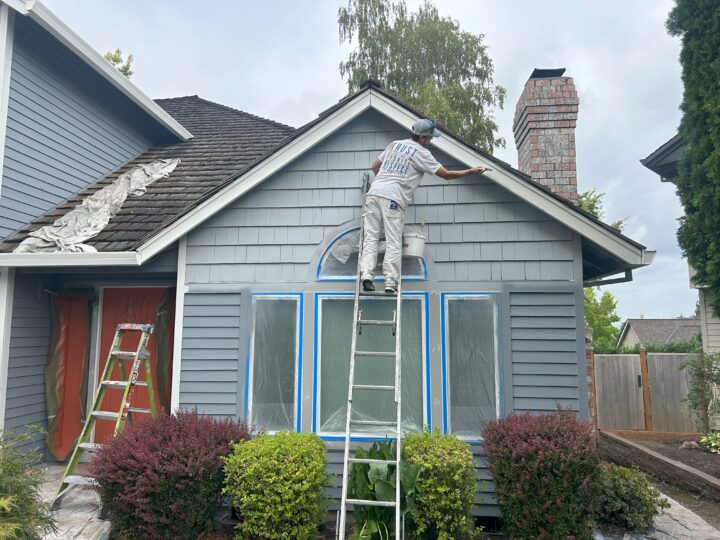
Caulking & Repairing Exterior Surfaces Before Painting
Learn the essentials of exterior surface preparation from the team at Pearl Painters.



2 Responses
Great tips! Interior painting is such a simple yet effective way to refresh a space. Choosing the right colors and techniques can really transform a room’s atmosphere. Looking forward to more insights!
Thank you for sharing these blogs. Very helpful and informative.